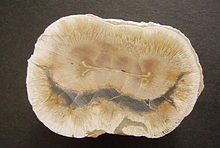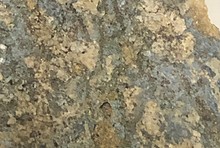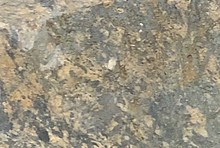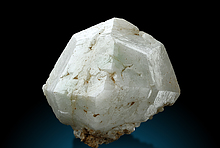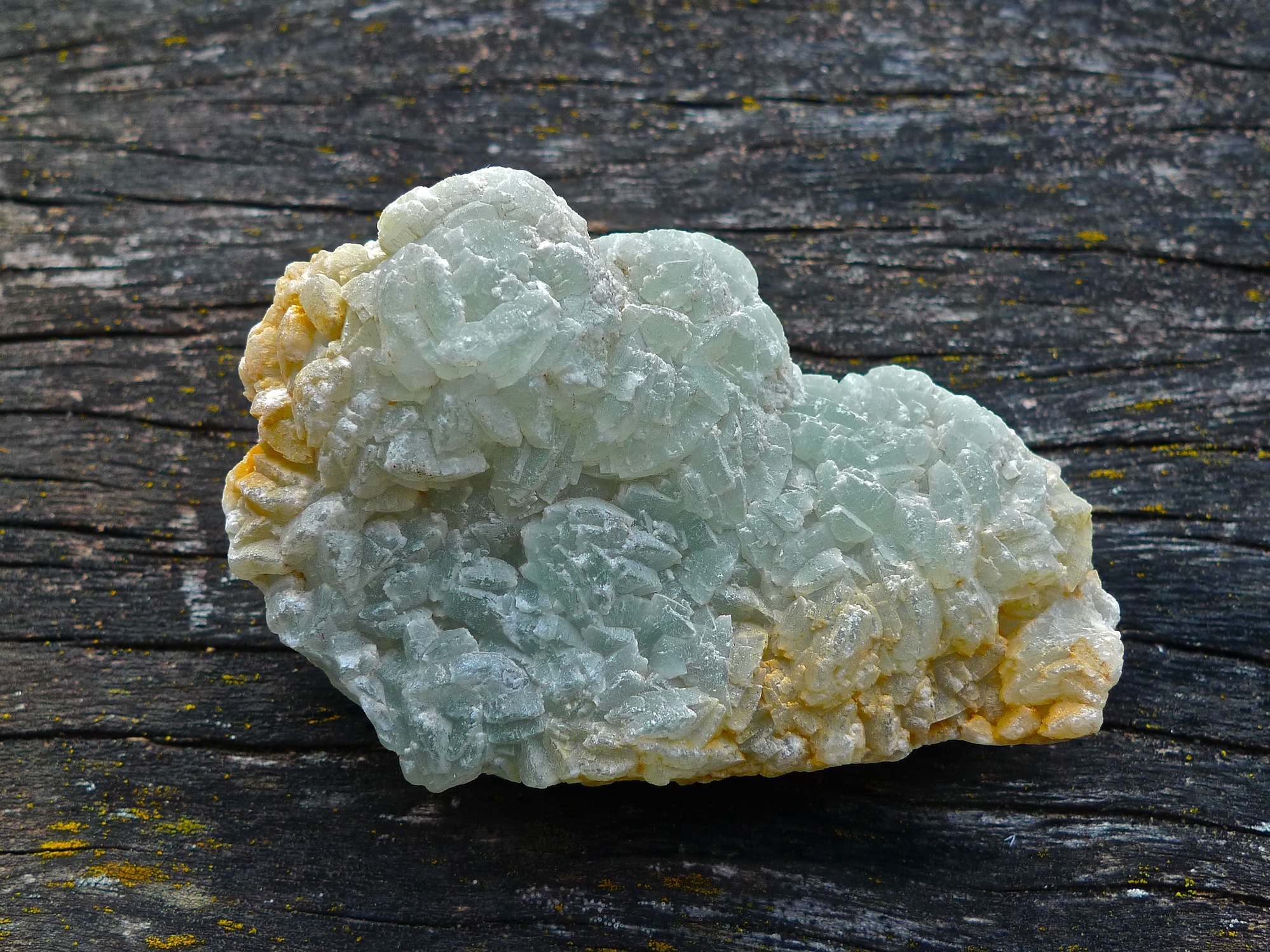Home PageAbout MindatThe Mindat ManualHistory of MindatCopyright StatusWho We AreContact UsAdvertise on Mindat
Donate to MindatCorporate SponsorshipSponsor a PageSponsored PagesMindat AdvertisersAdvertise on Mindat
Learning CenterWhat is a mineral?The most common minerals on earthInformation for EducatorsMindat ArticlesThe ElementsThe Rock H. Currier Digital LibraryGeologic Time
Minerals by PropertiesMinerals by ChemistryAdvanced Locality SearchRandom MineralRandom LocalitySearch by minIDLocalities Near MeSearch ArticlesSearch GlossaryMore Search Options
The Mindat ManualAdd a New PhotoRate PhotosLocality Edit ReportCoordinate Completion ReportAdd Glossary Item
Mining CompaniesStatisticsUsersMineral MuseumsClubs & OrganizationsMineral Shows & EventsThe Mindat DirectoryDevice SettingsThe Mineral Quiz
Photo SearchPhoto GalleriesSearch by ColorNew Photos TodayNew Photos YesterdayMembers' Photo GalleriesPast Photo of the Day GalleryPhotography
╳Discussions
💬 Home🔎 Search📅 LatestGroups
EducationOpen discussion area.Fakes & FraudsOpen discussion area.Field CollectingOpen discussion area.FossilsOpen discussion area.Gems and GemologyOpen discussion area.GeneralOpen discussion area.How to ContributeOpen discussion area.Identity HelpOpen discussion area.Improving Mindat.orgOpen discussion area.LocalitiesOpen discussion area.Lost and Stolen SpecimensOpen discussion area.MarketplaceOpen discussion area.MeteoritesOpen discussion area.Mindat ProductsOpen discussion area.Mineral ExchangesOpen discussion area.Mineral PhotographyOpen discussion area.Mineral ShowsOpen discussion area.Mineralogical ClassificationOpen discussion area.Mineralogy CourseOpen discussion area.MineralsOpen discussion area.Minerals and MuseumsOpen discussion area.PhotosOpen discussion area.Techniques for CollectorsOpen discussion area.The Rock H. Currier Digital LibraryOpen discussion area.UV MineralsOpen discussion area.Recent Images in Discussions
Techniques for CollectorsCleaning prehnite from Mali

28th Sep 2007 20:35 UTCStephen C. Blyskal Expert
18th Nov 2007 12:02 UTCJustin Zzyzx Expert
If nobody has answered this privatly, the Prehnite from Mali need to be cleaned with a microabrassion machine, as the crust is a Quartz/opalite/feldspar mix crud and will not disolve in acids.
Cleans really quick with the blaster though!

20th Nov 2007 23:47 UTCStephen C. Blyskal Expert
Thanks for the confirmation. The water gun worked somewhat on a few specimens and not at all on others. The air abrasives room will be up and running soon and I'll try that on the prehnite.

21st Nov 2007 23:28 UTCHarold (Hal) Prior Expert
Keep informed as to your success with the prehnite - maybe some pictures before and after. Winter has arrived here today - getting our first snowfall of the season after 70's yesterday. Thus back into the warmth of the mineral room doing some cataloging of personal collection. Give our best to the mineral gang in Houston - we hope to spent Christmas holidays in Lewisville, and Clear Lake area. ....Hal P
29th Mar 2008 12:49 UTCRock Currier Expert
Sorry about getting back to you so late. I have been occupied with keeping my business running and Tucson. We clean our Mali prehnites by using 200 mesh glass beads at about 100 pounds pressure and it doesn't seem to hurt them at all. These glass beads will definitely take the luster on the associated epidote crystals that occur with some specimens. For combination clusters we try to use sodium bicarbonate powder to clean them rather than glass beads. Some of the specimens have associated hyalite opal? coating parts of the specimens, and the bicarbonate of soda will not clean this material off the specimens and sometimes not even the glass beads will be all that effective. Sometimes we have to sacrifice the luster on the epidotes to get the best results. As a final step we use some silicon spray to improve the appearance of the specimens. New occurrences of prehnite, epidote and garnets are being found and as time passes we can expect different flavors of these specimens to appear on the market.
Rock

3rd Apr 2008 23:39 UTCStephen C. Blyskal Expert
Thanks so much for confirming in detail what Justin communicated earlier. Our new abrasives room is up and running at the HGMS clubhouse here in Houston, and I just need to get trained on the equipment so I can take a crack at these prehnites. I'll probably try the air abrasives on some of my New Jersey prehnite that has not responded to the high pressure water gun. I'm thinking that will work well with that material also. I'll let you know if I'm successful.
Steve

4th Apr 2008 17:17 UTCTim Jokela Jr
T

6th Dec 2015 10:15 UTCbahlach abdul qayyum

6th Dec 2015 10:39 UTCErik Vercammen Expert

6th Dec 2015 10:47 UTCAlfredo Petrov Manager
For iron staining, use sodium dithionite (Commercial product name "Iron Out" in USA, but probably has different names in other countries.)

6th Dec 2015 19:08 UTCbahlach abdul qayyum

6th Dec 2015 19:12 UTCbahlach abdul qayyum
6th Dec 2015 19:14 UTCRob Woodside 🌟 Manager

6th Dec 2015 20:37 UTCErik Vercammen Expert
6th Dec 2015 21:26 UTCJosé Zendrera 🌟 Manager

6th Dec 2015 22:51 UTCThomas Lühr Expert
Of course, depending of the country you live in, it may be difficult or impossible to get the chemicals. But you are not in a hopeless situation, nevertheless. Some decolourant powders (for mis-coloured textiles while washing) are based on dithionite. Look at the list of ingredients (in the European Union is the declaration of important ingredients obligately) for "dithionite". Forget products with somthing like "oxy(gen)" or "(hypo)chlorine" or somewhat wih "per"! That will not work.
If you could find such product, you have half won. Usually it is a mixture of sodium carbonate and sodium dithionite. But you need sodium hydrogen carbonate and you miss sodium citrate. If you add citric acid, you will get both. Normal lemon juice or -much better- lemon juice concentrate works fine. If you can get pure citric acid powder, make a 10% solution of it - that would be the best.
Solve a table spoon of the decolourant powder in 1 liter water - the solution will be probably a bit milky. Then add slowly(!) the lemon juice while stirring quickly(!), until you come to the point the solution effervesces - then stop. The solution should be clear now. Put your stone into the solution and hold it warm for some hours. Best effect at 40 to 50 °C, none at less than 20°C. If the solution turns yellow after 1 or 2 days, replace it with new.
I'm using this method with much success, although I would be able to get all the needed chemicals (however in large amounts that I don't need).
Much success and greetings from Germany
Thomas

7th Dec 2015 15:38 UTCbahlach abdul qayyum

7th Dec 2015 16:11 UTCbahlach abdul qayyum

7th Dec 2015 16:16 UTCStephen C. Blyskal Expert
I have a number of specimens of prehnite in my collection from Pakistan, and they all have a similar dull appearance with a lack of any luster on the surface. Now I know why they all look the same. They were probably all cleaned in a similar manner with oxalic acid.
In the Erongo Region of Namibia they have been producing prehnite specimens for at least 10-15 years, and the first ones I got showed clear signs of calcite erosion by acid, and dull, lusterless prehnite. Specimens obtained in the last 5 years show a very nice luster. I have to assume that the collectors and dealers have upgraded their knowledge and gotten a better product as a result. I hope this can happen with prehnite from Pakistan.

7th Dec 2015 18:14 UTCDoug Daniels

7th Dec 2015 18:48 UTCbahlach abdul qayyum

8th Dec 2015 00:23 UTCAlfredo Petrov Manager
Prehnite contains lots of calcium, and as a general rule never clean Ca-bearing minerals with oxalic acid, because of the ugly insoluble skin of calcium oxalate that might result. This is true even for minerals that contain only small amounts of Ca substituting for another element, and the Ca is not even listed in the formula: Siderite, for example.

8th Dec 2015 07:25 UTCbahlach abdul qayyum

23rd Apr 2016 21:58 UTCbahlach abdul qayyum




Mindat.org is an outreach project of the Hudson Institute of Mineralogy, a 501(c)(3) not-for-profit organization.
Copyright © mindat.org and the Hudson Institute of Mineralogy 1993-2024, except where stated. Most political location boundaries are © OpenStreetMap contributors. Mindat.org relies on the contributions of thousands of members and supporters. Founded in 2000 by Jolyon Ralph.
Privacy Policy - Terms & Conditions - Contact Us / DMCA issues - Report a bug/vulnerability Current server date and time: April 23, 2024 14:49:11
Copyright © mindat.org and the Hudson Institute of Mineralogy 1993-2024, except where stated. Most political location boundaries are © OpenStreetMap contributors. Mindat.org relies on the contributions of thousands of members and supporters. Founded in 2000 by Jolyon Ralph.
Privacy Policy - Terms & Conditions - Contact Us / DMCA issues - Report a bug/vulnerability Current server date and time: April 23, 2024 14:49:11
